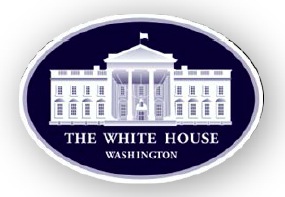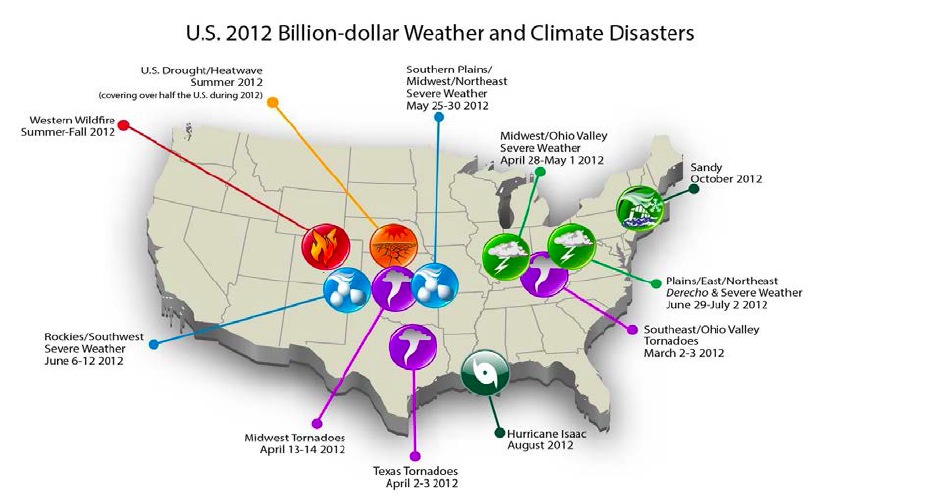EXECUTIVE OFFICE OF THE PRESIDENT
Executive Summary
 Severe weather is the leading cause of power outages in the United States. Between 2003 and 2012, an estimated 679 widespread power outages occurred due to severe weather. Power outages close schools, shut down businesses and impede emergency services, costing the economy billions of dollars and disrupting the lives of millions of Americans. The resilience of the U.S. electric grid is a key part of the nation’s defense against severe weather and remains an important focus of President Obama’s administration.
Severe weather is the leading cause of power outages in the United States. Between 2003 and 2012, an estimated 679 widespread power outages occurred due to severe weather. Power outages close schools, shut down businesses and impede emergency services, costing the economy billions of dollars and disrupting the lives of millions of Americans. The resilience of the U.S. electric grid is a key part of the nation’s defense against severe weather and remains an important focus of President Obama’s administration.
In June 2011, President Obama released A Policy Framework for the 21st Century Grid which set out a four-pillared strategy for modernizing the electric grid. The initiative directed billions of dollars toward investments in 21st century smart grid technologies focused at increasing the grid’s efficiency, reliability, and resilience, and making it less vulnerable to weather-related outages and reducing the time it takes to restore power after an outage occurs.
Grid resilience is increasingly important as climate change increases the frequency and intensity of severe weather. Greenhouse gas emissions are elevating air and water temperatures around the world. Scientific research predicts more severe hurricanes, winter storms, heat waves, floods and other extreme weather events being among the changes in climate induced by anthropogenic emissions of greenhouse gasses.
This report estimates the annual cost of power outages caused by severe weather between 2003 and 2012 and describes various strategies for modernizing the grid and increasing grid resilience. Over this period, weather-related outages are estimated to have cost the U.S. economy an inflation-adjusted annual average of $18 billion to $33 billion. Annual costs fluctuate significantly and are greatest in the years of major storms such as Hurricane Ike in 2008, a year in which cost estimates range from $40 billion to $75 billion, and Superstorm Sandy in 2012, a year in which cost estimates range from $27 billion to $52 billion. A recent Congressional Research Service study estimates the inflation-adjusted cost of weather-related outages at $25 to $70 billion annually (Campbell 2012). The variation in estimates reflects different assumptions and data used in the estimation process. The costs of outages take various forms including lost output and wages, spoiled inventory, delayed production, inconvenience and damage to the electric grid. Continued investment in grid modernization and resilience will mitigate these costs over time – saving the economy billions of dollars and reducing the hardship experienced by millions of Americans when extreme weather strikes.
About the Executive Office of the President
www.whitehouse.gov/administration
“Every day, the President of the United States is faced with scores of decisions, each with important consequences for America’s future. To provide the President with the support that he or she needs to govern effectively, the Executive Office of the President (EOP) was created in 1939 by President Franklin D. Roosevelt. The EOP has responsibility for tasks ranging from communicating the President’s message to the American people to promoting our trade interests abroad.”







 RSS Feed
RSS Feed